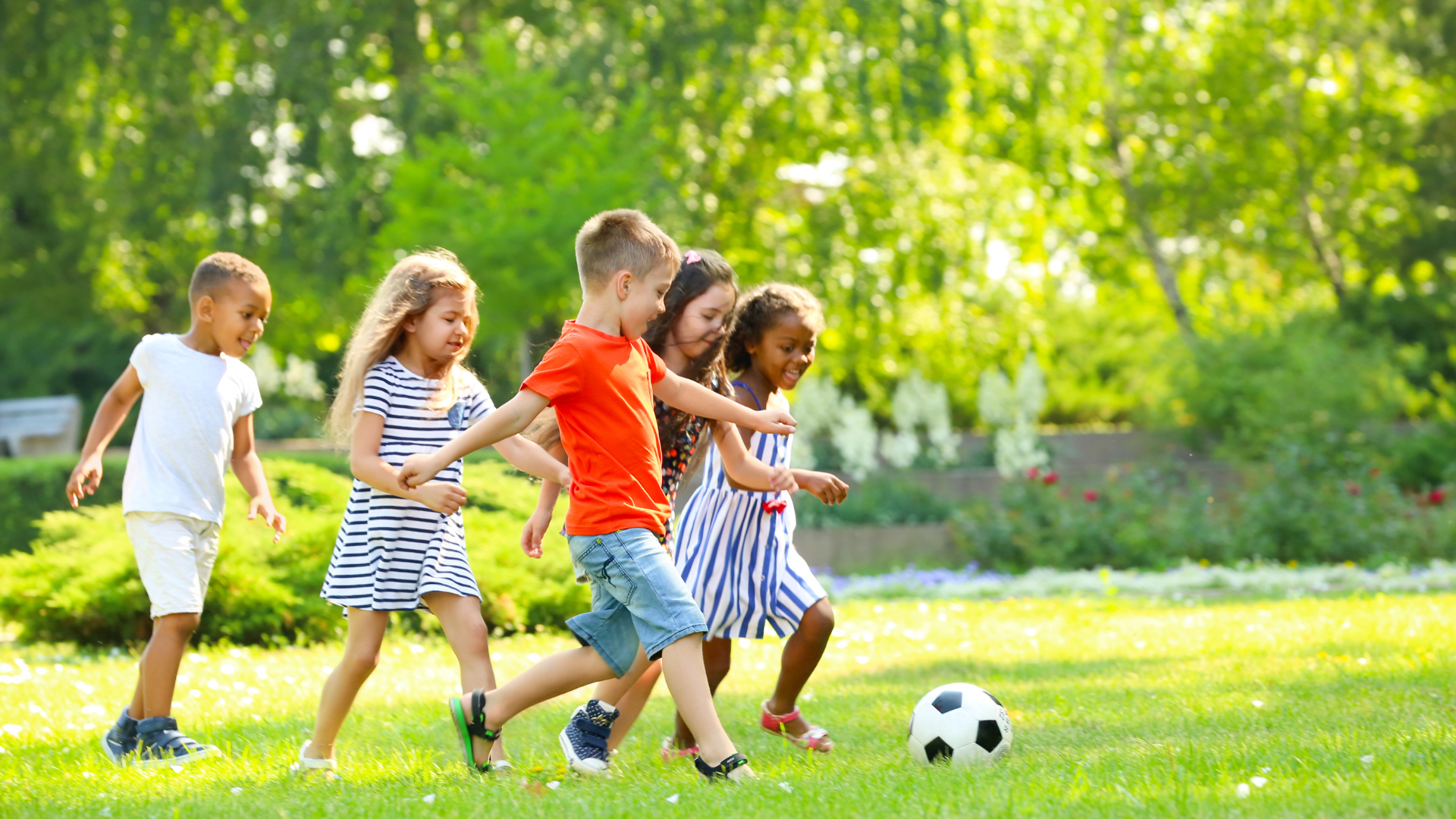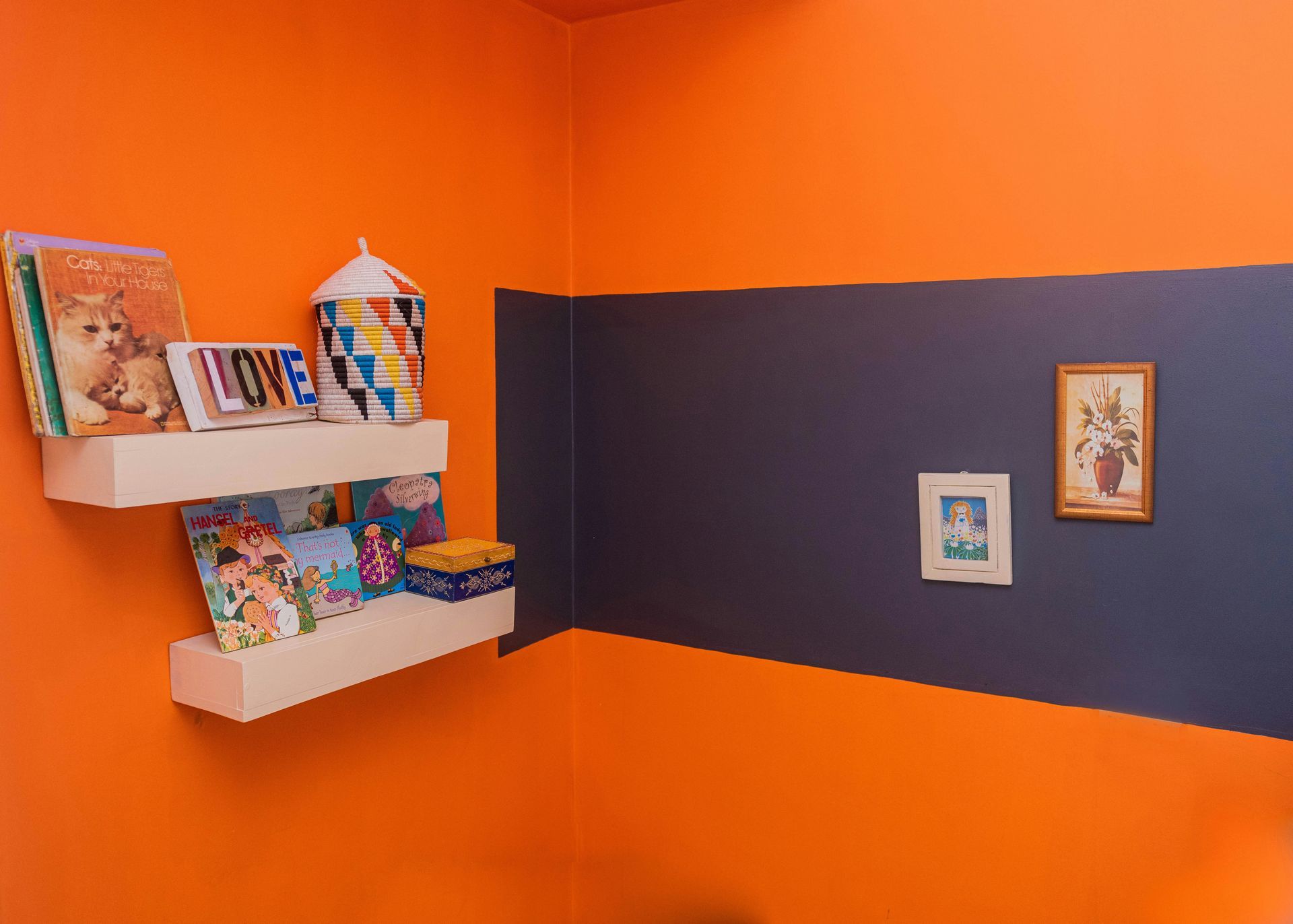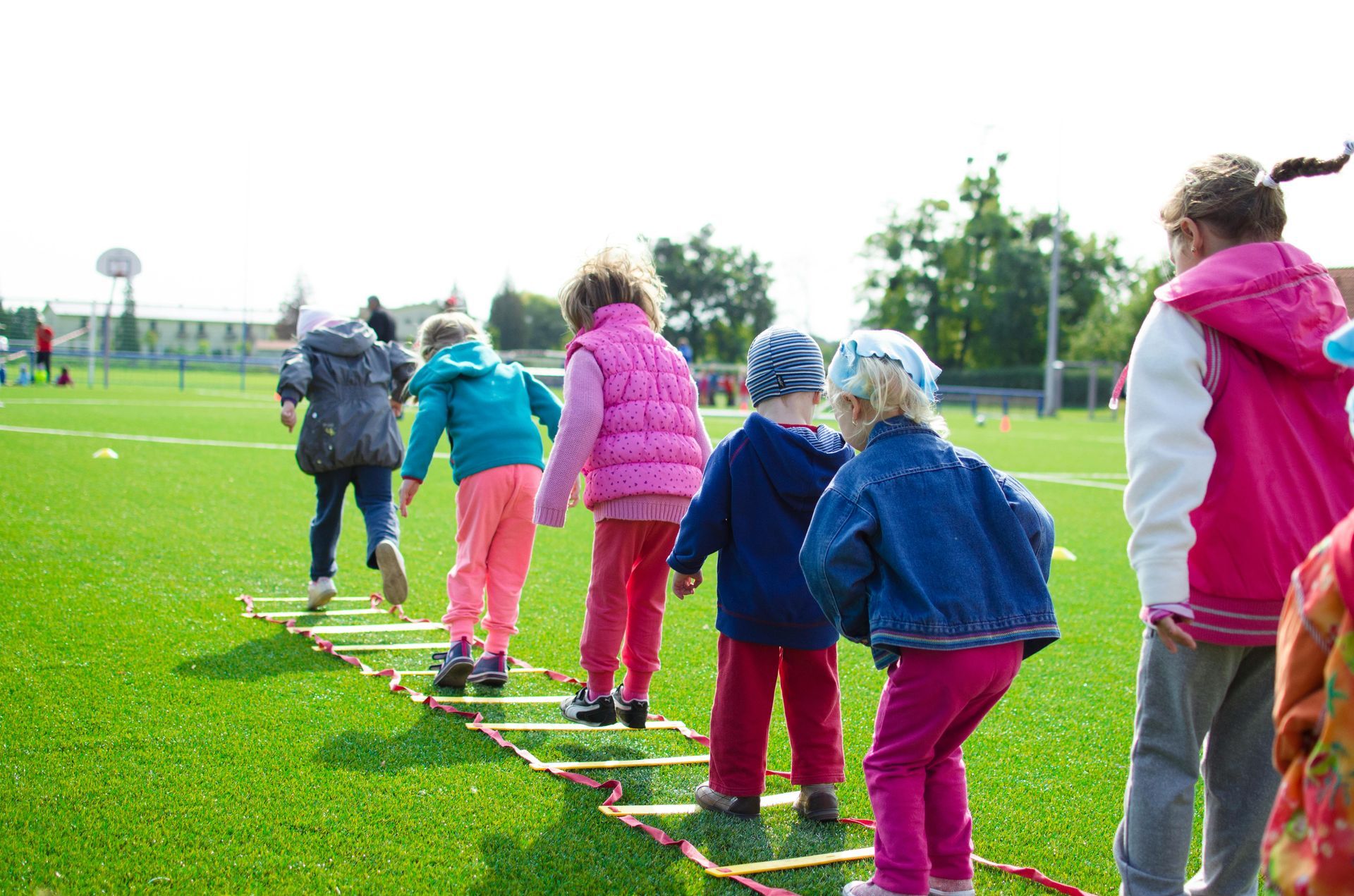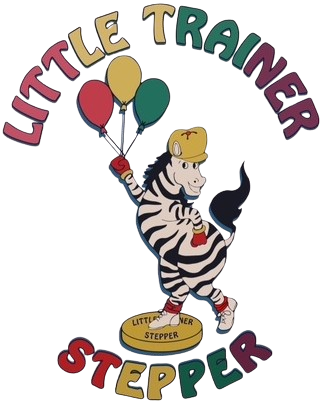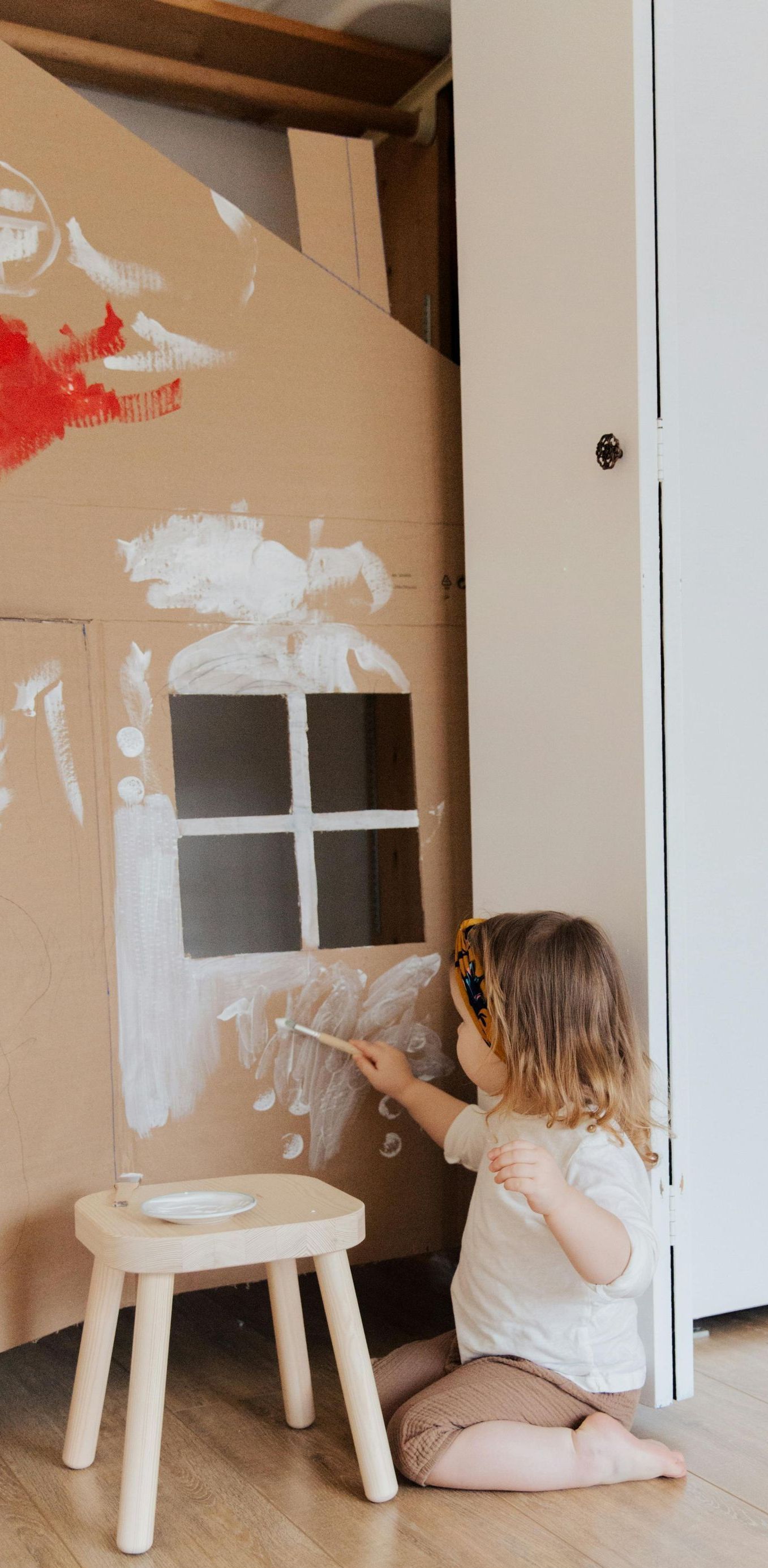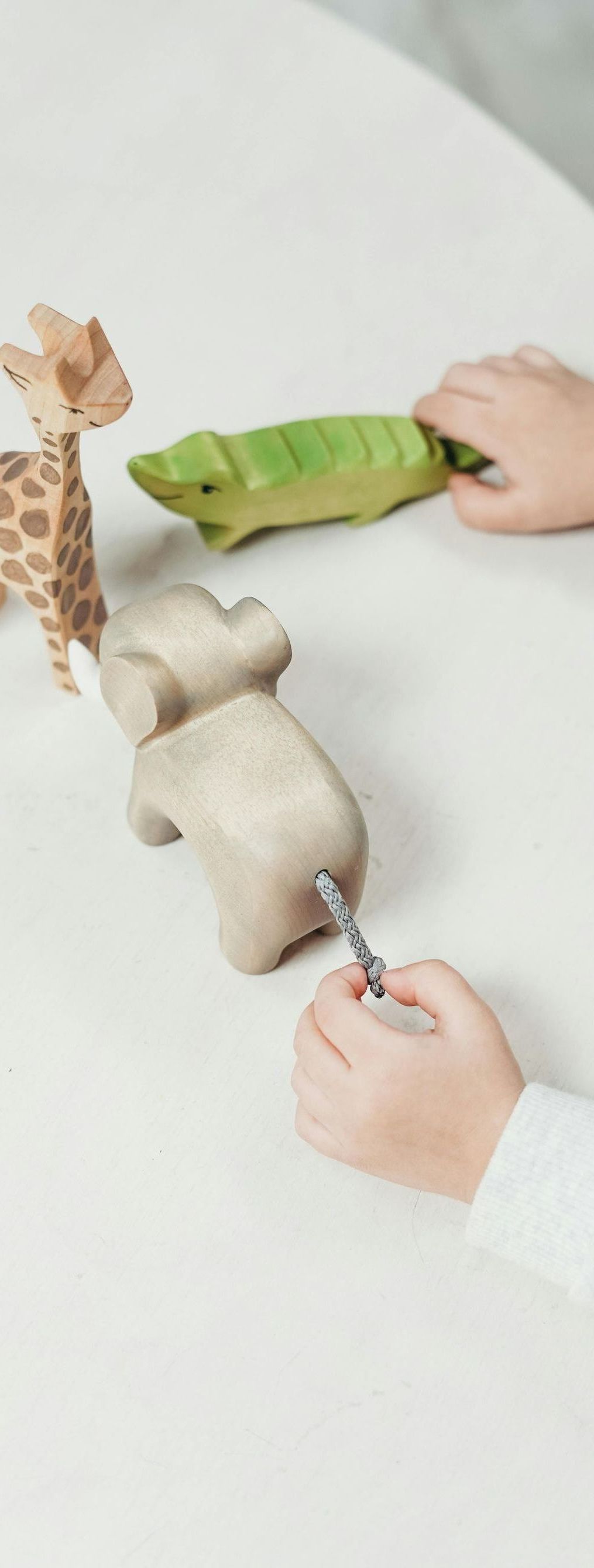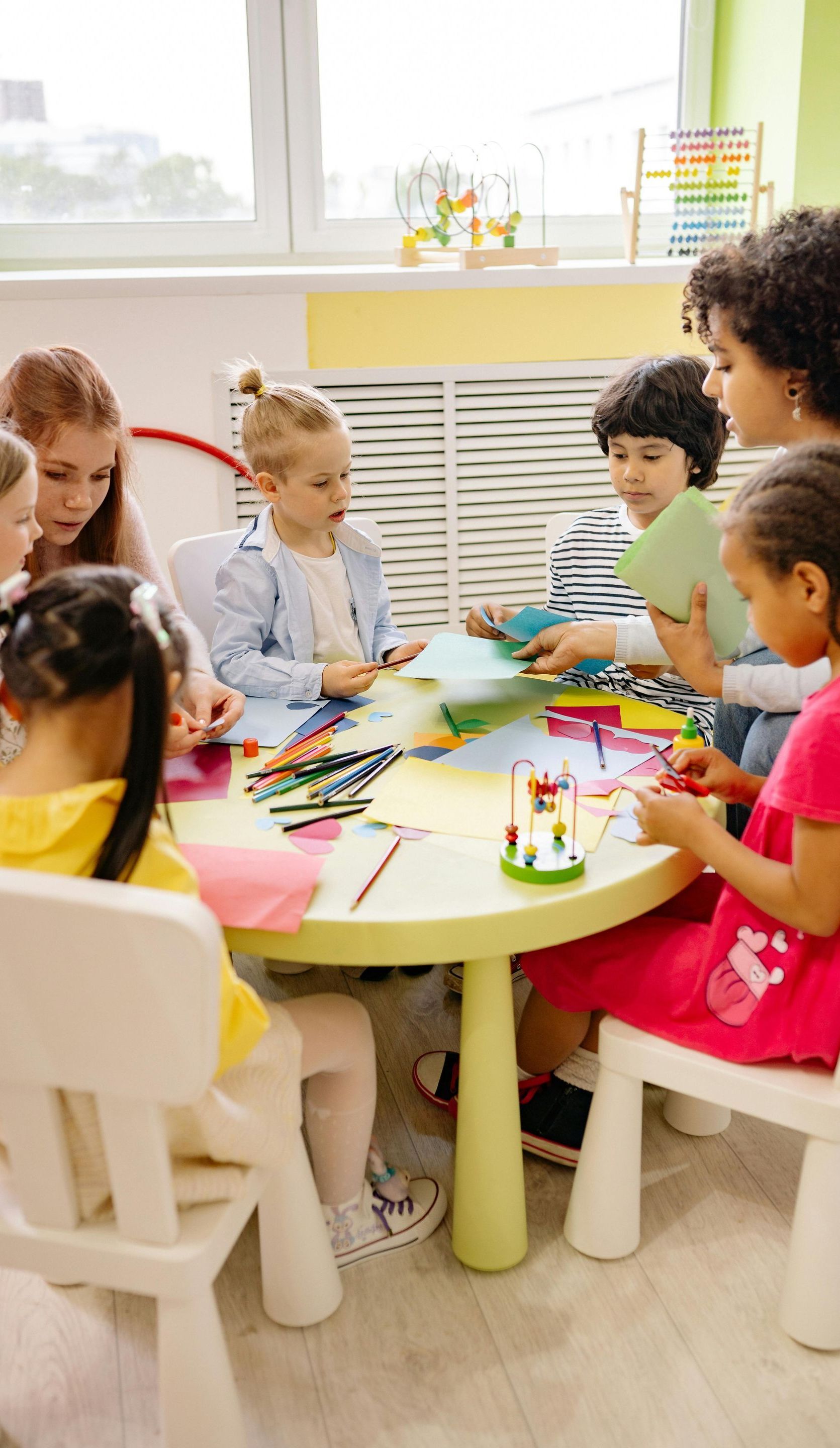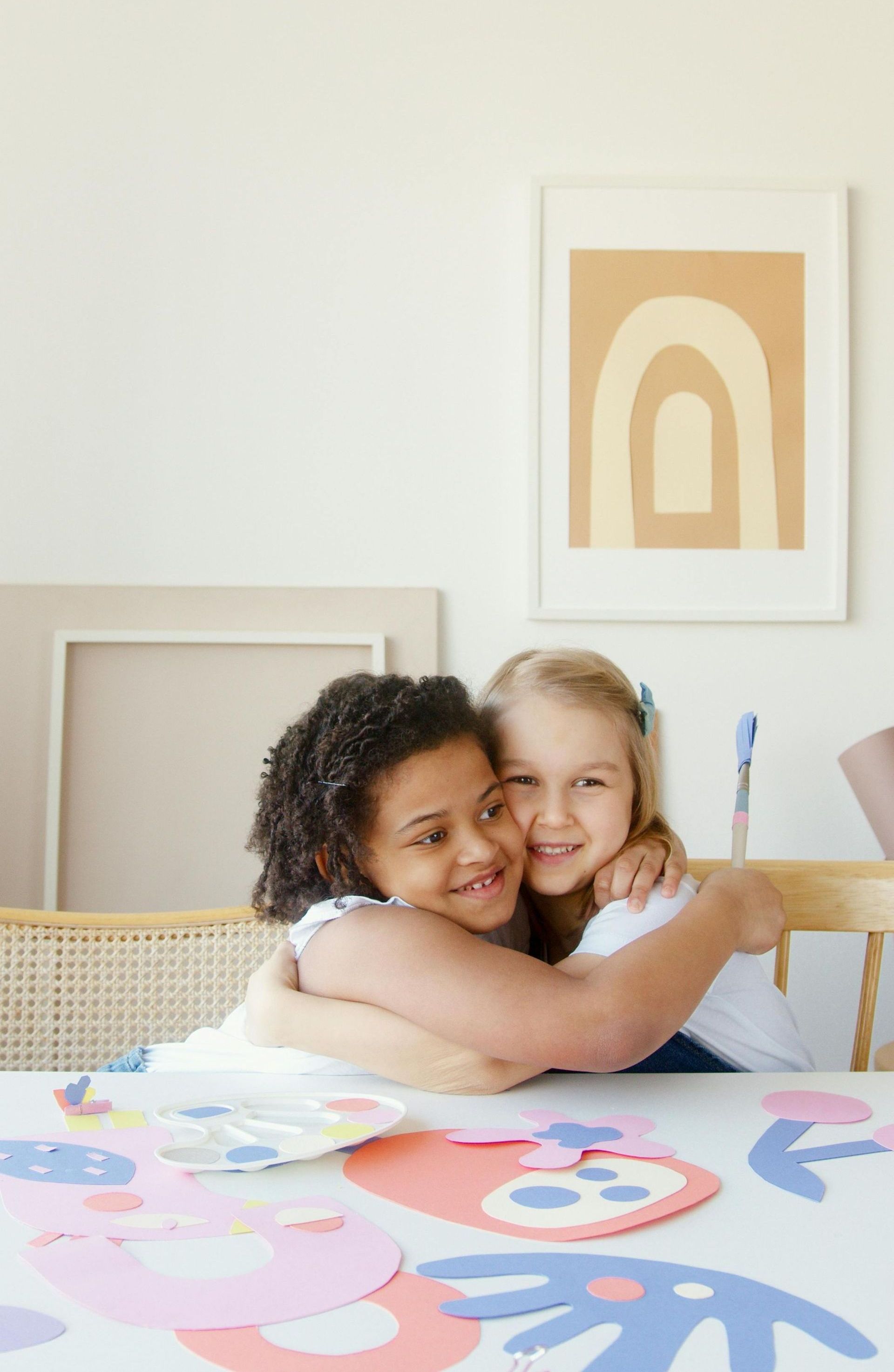Fitness Starts Early: Creating Healthy Habits in the Preschool Years
Building Strong Foundations
It is no secret that movement plays a vital role in a child’s development—but what often gets overlooked is when those habits really begin to form. For many kids, the preschool years (ages 3–5) are when the foundation for lifelong health is built. That does not mean putting toddlers through structured workouts or counting calories—it means introducing fun, age-appropriate activities that make movement a normal and joyful part of everyday life.
At Little Trainer Stepper, we believe physical activity should be playful, positive, and accessible for every child. That belief drives everything we create—from our flagship Kids Stepper to our interactive dance programs and apparel designed for active kids.
Here is why the preschool years are such a critical window for establishing healthy habits—and how caregivers, educators, and parents can help make it happen.

1. Young Bodies and Brains Need Movement
For preschool-aged kids, movement is not just about physical fitness—it is directly tied to learning. Research shows that active play supports everything from motor coordination and muscle development to emotional regulation and language skills. Running, jumping, stepping, and balancing help children:
- Strengthen their muscles and bones
- Develop spatial awareness and body control
- Improve balance and coordination
- Build attention span and problem-solving skills
The more kids move, the better their brains and bodies develop. That is why even a simple, structured activity like stepping in place on a safe platform can have a big impact over time.

2. Habits Are Forming—Whether We Plan It or Not
By age five, many children have already developed patterns around food, movement, and rest that will influence their choices for years. If movement is built into their daily life early—through play, not pressure—they are more likely to stick with it later on.
The key is consistency. Making time each day for physical activity, even just 10–20 minutes, helps children associate movement with fun, energy, and confidence. It becomes something they look forward to, not a chore or an afterthought.
3. Kids Copy What They See
Preschoolers are great imitators. They copy what adults do—both the good and the not-so-great. That is why modeling movement as a family is so effective. Parents who take a few minutes to step, stretch, or dance with their child are reinforcing two messages at once: “movement is important” and “we do this together.”
That is also the idea behind our upcoming Cuzin Chubby aerobic dance program. It gives kids and grownups a shared activity that is fun, silly, and easy to follow—while building strength, endurance, and coordination in the process.

4. Movement Boosts Mood and Behavior
Active kids tend to be more focused, better regulated, and more emotionally resilient. When preschoolers have regular chances to move their bodies, they are more likely to:
- Sleep better
- Handle transitions with less frustration
- Engage more fully during learning time
- Reduce stress and pent-up energy
The goal is not to wear them out—it is to help them channel their energy into something constructive. Structured movement tools, like the Little Trainer Stepper, offer a safe and repeatable activity that kids can enjoy indoors or out, rain or shine.

5. Making It Fun Is the Secret to Consistency
This age group responds best to movement that feels like play. That is where themed activities, bright colors, music, and engaging tools come into play. It is not about competition or milestones—it is about laughter, creativity, and small wins that build confidence.
At Little Trainer Stepper, our gear is designed to make fitness fun. The stepper is low to the ground, stable, and safe for early movers. It gives kids a sense of accomplishment while gently building strength, balance, and coordination. Plus, it is portable and easy to store—perfect for homes, daycares, and classrooms.
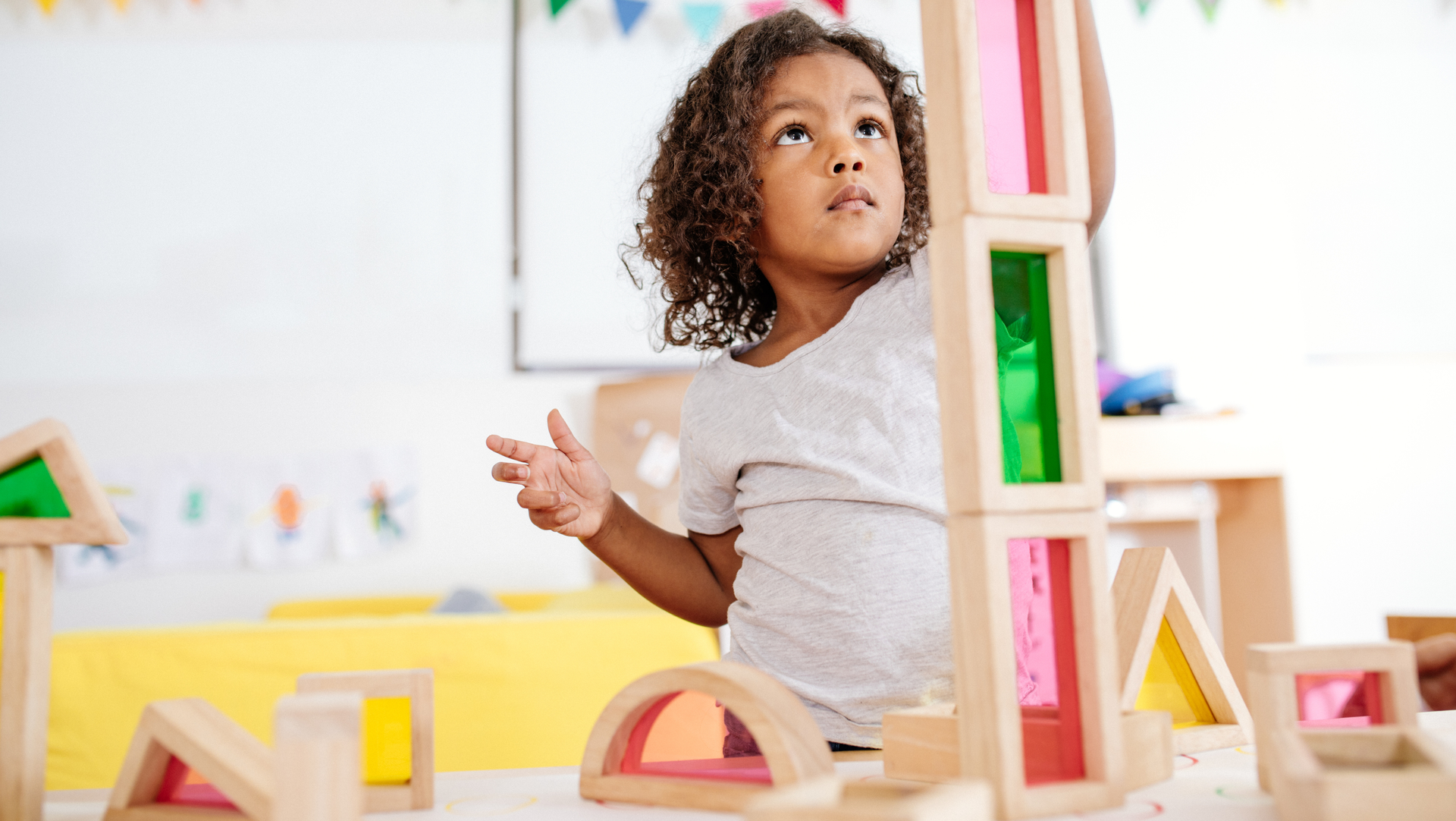
Small Steps Now Lead to Big Wins Later
Helping children build healthy habits in the preschool years is not about strict routines or perfection. It is about creating an environment where movement is natural, enjoyable, and part of everyday life.
Whether it is five minutes on the stepper before breakfast, a dance party after school, or a walk with family after dinner, every bit counts. And every active moment helps build the foundation for a healthy, confident future.
Ready to make movement part of your child’s day? Explore our stepper, apparel, and more at LittleTrainerStepper.com—and let the healthy habits begin.
